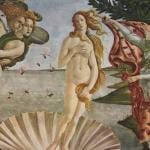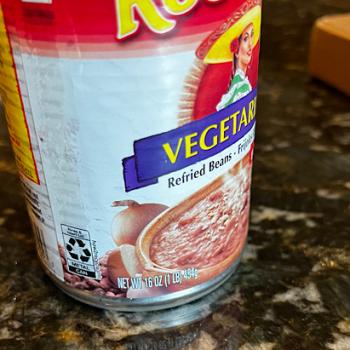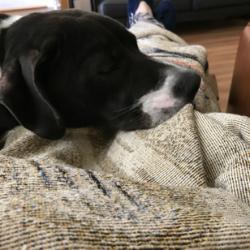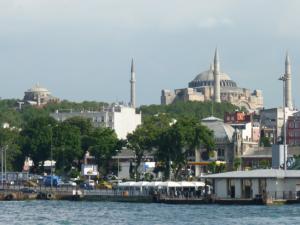
The Orthodox Church is the one, holy, catholic and apostolic church. The Church is one, and no salvation is found outside the Church. The unity of the Orthodox, catholicity, is a completeness. Where the grace of God is present, the Church is present. This is normally based on the grace of God poured out to the individual member of the Church through the sacraments of the Church and other means of grace. This grace grants the Church, and individual members of the Church, right doctrine about and right relationship with God in the work of salvation. Because the world is broken by sin, the unity of the Church, which is certain and known absolutely by God, is a “known unknown” to us.
We know the unity exists, but we will be consistently uncertain of boundaries. Some communities are most probably Orthodox, while others are most probably not. Individuals are members of the Church when they are recipients of the saving grace of God. Many will be recognizably Orthodox, yet some that seem Orthodox are not and other individuals that do not seem so Orthodox are recipients of divine grace. Only at the end of time will we know the truth as a certainty.
The Orthodox begin with a different view of catholicity defined by the fullness of the Spirit and led by Christ. As the Body of Christ, the Church must be one, but the Orthodox recognize that the Spirit moves where he wills in individuals. There is a philosophic limit to what can be known about God’s work in individuals, so there must be ambiguity about the outer limits of the Church.
The ambiguity of our present knowledge is both true and practically important. Practical discussions and recognition of saving grace can take place on an individual level between Christians without lowering the doctrinal and ecclesiastical divisions that the Orthodox must maintain. Far from being a disadvantage, the reality of ambiguity forces the Orthodox to look to God and live by the Spirit in pastoral ministry and the daily life of the layman. We know where the Church is, but not where it is not.
A father in Christ, Father Michael Trigg, died too early.2 With his Oxford doctorate and educational administrative background, he served as a university administrator and a parish priest. In one phase of his higher educational career, Trigg had been hired by a Christian university and was examined on his beliefs numerous times, but suddenly found his faith questioned. He had a peculiar disadvantage in every discussion because he was an Orthodox Christian. He was quizzed endlessly about his beliefs, and a committee demanded he submit a creedal statement. He sent the Creed of Nicaea. Pedantic scholars were not satisfied. “Of course,” they said, “now what do you believe?”
“This.” He was sure about what was most certain but would not pretend to have knowledge where he had none. Like all Orthodox Christians, he was true even to death. The Orthodox have no formula to produce absolute limits to the Church, but there are some things the faithful do know. He was not simple minded. He simply knew what was knowable and refused to commit to what was not. Trigg recognized the difference between what is true and what he could know was true and was willing to assert as certainly the case.3 That is a distinction most often missed.
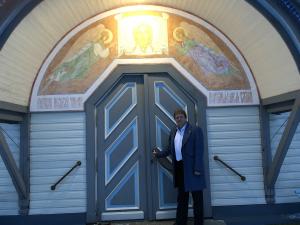 Orthodoxy begins with the profound ideas that the church is the body of Christ and that this body cannot be divided. The body is one since the Lord Jesus could not have two bodies or a divided body and live. That will not answer all questions by any means, but what if the church, the Body of Christ, is not defined by one person, one group, and is not “invisible?” What if a man asserts, with the Fathers and Mothers of the Church, that there is one visible holy, catholic, and apostolic church?
Orthodoxy begins with the profound ideas that the church is the body of Christ and that this body cannot be divided. The body is one since the Lord Jesus could not have two bodies or a divided body and live. That will not answer all questions by any means, but what if the church, the Body of Christ, is not defined by one person, one group, and is not “invisible?” What if a man asserts, with the Fathers and Mothers of the Church, that there is one visible holy, catholic, and apostolic church?
“Where is this Church?”
“Where Christ is.”
This is not going to be enough for those who crave personal certainty as opposed to divine reality. The Church is known, God knows, the holy angels know, the company of saints know, but you and I do not know. We only deal in probabilities. We live by faith, reasonable hope.


